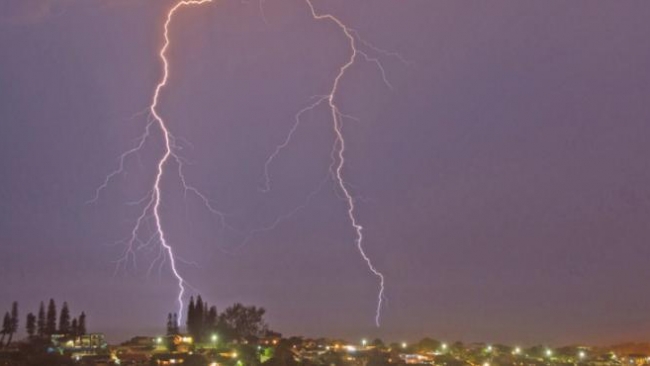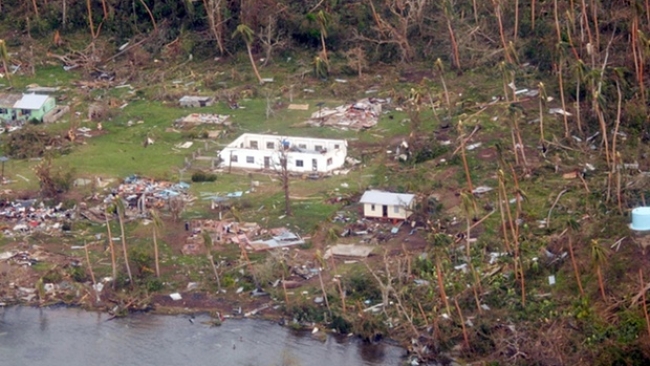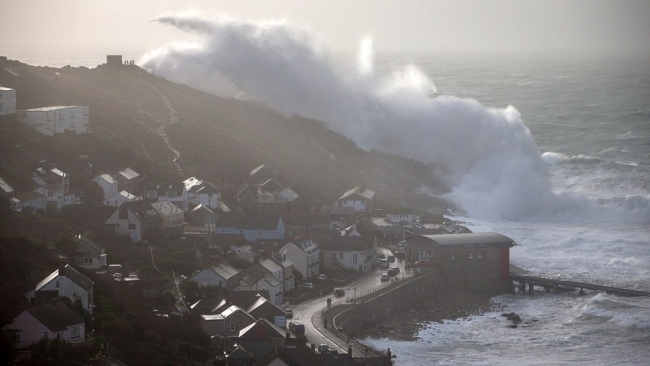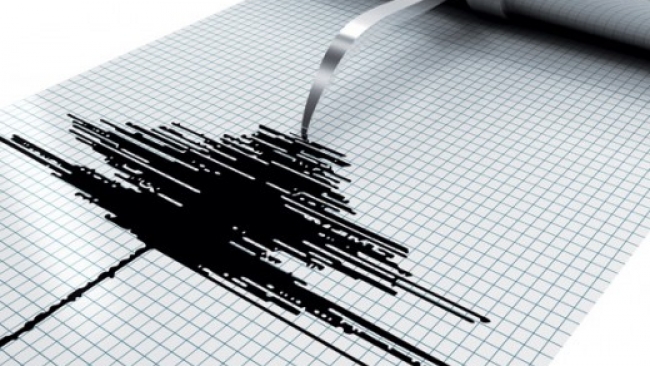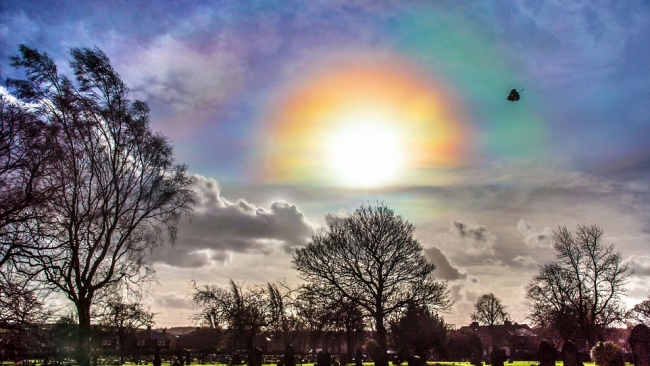It's Official: This Year's El Niño Is the Strongest Ever Recorded
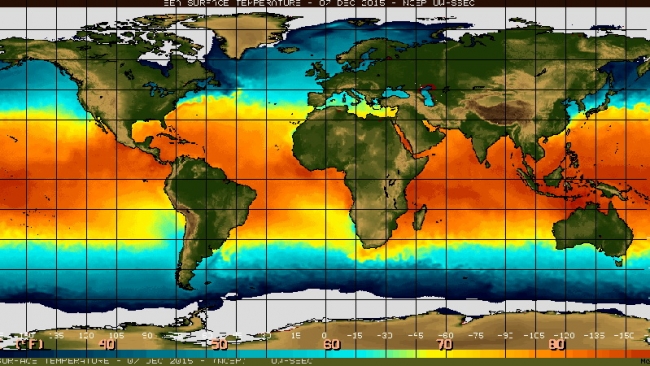
Based on a key measurement, this year's extreme El Niño has surpassed the 1997-1998 phenomenon, making it now the strongest ever recorded.
El Niño occurs when ocean water temperatures in the central Pacific Ocean become warmer than normal. While this may not sound like a big deal, it can have profound impacts on weather patterns around the world and it can create very severe weather.
The US National Oceanic and Atmospheric Administration (NOAA) continually monitors the warmth of the water in the central Pacific as one major indicator of an El Niño's strength. In mid-November, the recorded temperature was the highest ever seen in the region.
The New Scientistreports that during 1997's El Niño, the central Pacific's temperature peaked at 2.8°C above average. This year, temperatures reached 2.8°C on November 4 and then rose to 3.1°C on November 18. As of December 2, the central Pacific was still at about 2.9°C above average.
According to Axel Timmerman at the University of Hawaii in Honolulu, the temperatures in the central Pacific have the biggest impact on global weather during an El Niño year. Since 1950, there have been only two other El Niño winters of similar magnitude, one in 1982-1983 and another in 1997-1998. The 1997-1998 event caused flooding in the southeast, a severe ice storm in the northeast, $550 million in rain and flood damages in California, and tornadoes in Florida. Overall, the last strong El Niño resulted in $35 billion in damage and 23,000 deaths worldwide.
And now this year's El Niño is stronger.
Will it result in billions of damage, like in 1997-1998? No one knows. In the United States, we usually feel El Niño's effects beginning in mid-December and peaking in January or February. Already this year, there has been more snow at California ski areas and very little snow in the Northeast or Midwest. That being said, most of California's precipitation has been from storms dropping down from the Gulf of Alaska, which is not an El Niño weather pattern. Whatever happens, here at Curbed we're on the El Niño-beat, so stay tuned.
Source: Curbed
Tue 23 Feb 2016 at 10:34
